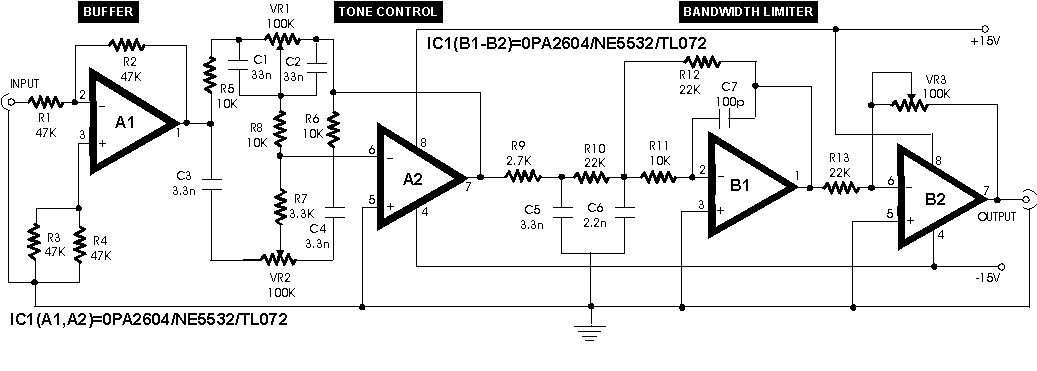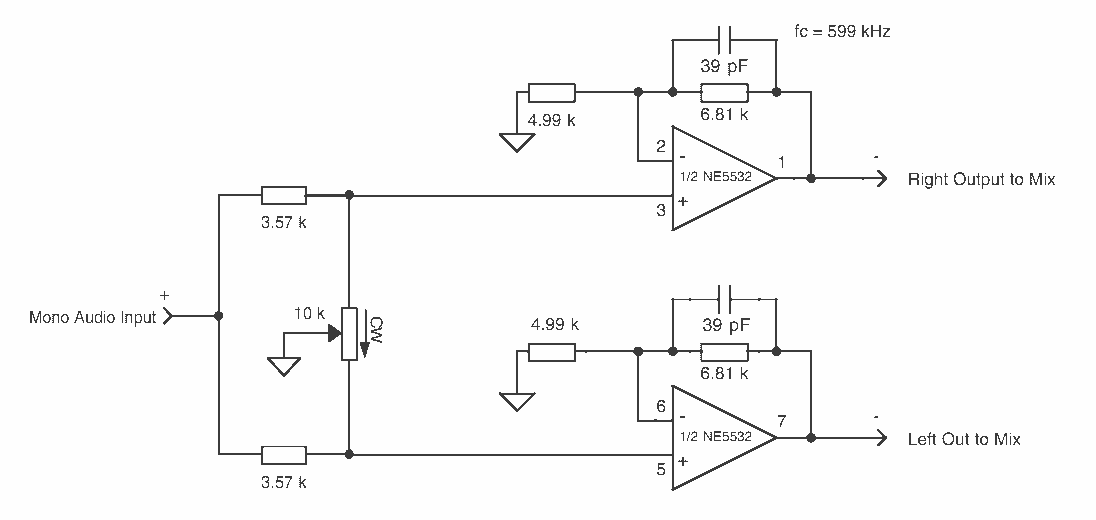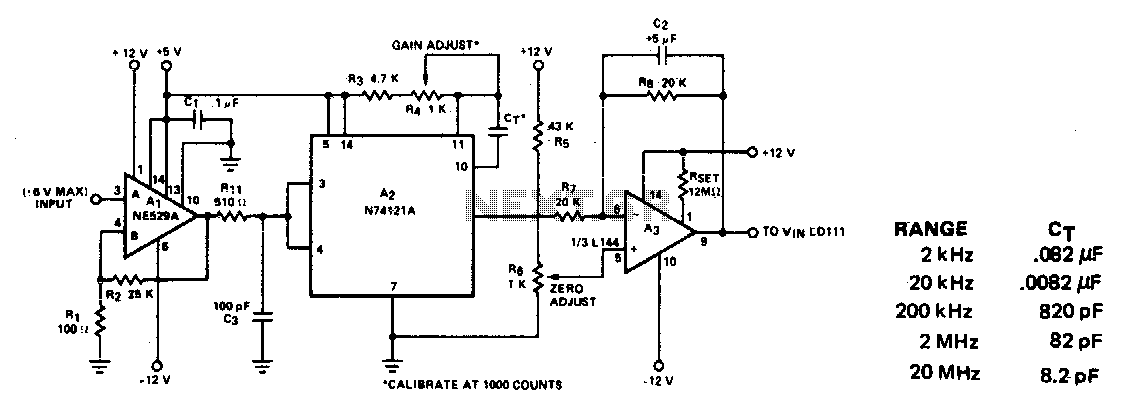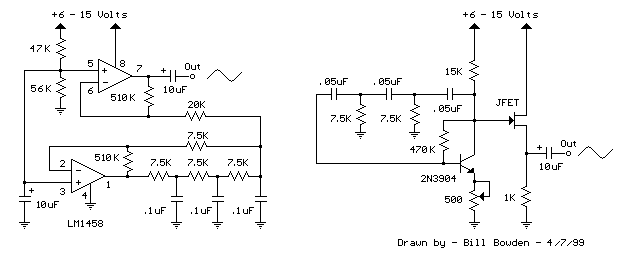
High Frequency Generator Circuit

This circuit generates sine wave oscillations, but it can also be modified to produce triangle or square wave functions. The frequency is adjustable by varying the current. By disconnecting the 20k resistor (RIN) from the reference (REF) pin (pin 1) and connecting it to a digital-to-analog converter (DAC), frequency control can be achieved via a microcontroller or digital interface. Additionally, the chip can be controlled using a quartz crystal. The phase-locked loop (PLL) can adjust the current based on the output from a phase comparator that compares the synchronous output (pin 14 of the MAX038) with a reference clock derived from a quartz crystal oscillator. This waveform generator integrated circuit is notable for its ability to generate frequencies ranging from 0.1 Hz to 20 MHz, covering a very wide operating frequency range, as expected from waveform generator instruments.
The circuit utilizes the MAX038 integrated circuit, which is specifically designed for generating various waveform outputs including sine, triangle, and square waves. The fundamental operation of the circuit relies on the internal voltage-controlled oscillator (VCO) of the MAX038, which can be adjusted by changing the input current. The adjustment of frequency through current modulation allows for precise control over the output waveform characteristics.
To implement the frequency control via a microcontroller, the DAC should be connected to the RIN pin after removing the 20k resistor. The microcontroller can provide a digital signal that the DAC converts into an analog voltage, thereby controlling the frequency of the output waveform. This method allows for dynamic frequency adjustments in real-time, making it suitable for applications requiring variable waveform generation.
The PLL functionality enhances the circuit's versatility by allowing synchronization with an external reference clock. By connecting a quartz crystal oscillator to the reference input, the circuit can maintain stable frequency outputs, which is particularly advantageous for applications needing high accuracy and stability.
The output frequency range of 0.1 Hz to 20 MHz indicates the circuit's capability to serve a wide variety of applications, from low-frequency signal generation for audio applications to high-frequency signals for RF communication. The ability to produce multiple waveform types further increases the utility of the MAX038 in various electronic projects, including signal processing, testing, and simulation tasks. This flexibility makes the circuit an essential component in waveform generation systems.This circuit generate sine wave oscillation, but actually we can modify the circuit to generate triangle or square wave function. The frequency can be controlled using current. If we disconnect the 20k RIN from REF (pin 1) and connect it to a DAC, then we can control the frequency using microcontroller or digital interface.
We can even control the chip using a quartz crystal (PLL) by controlling the current using a phase comparator output that compares the sync output (pin 14 of MAX038) and a reference clock from quartz crystal oscillator. This waveform generator integrated circuit chip is very interesting since it can generate 0. 1Hz to 20MHz, very wide operating frequency, as expected for every waveform generator instruments. 🔗 External reference
The circuit utilizes the MAX038 integrated circuit, which is specifically designed for generating various waveform outputs including sine, triangle, and square waves. The fundamental operation of the circuit relies on the internal voltage-controlled oscillator (VCO) of the MAX038, which can be adjusted by changing the input current. The adjustment of frequency through current modulation allows for precise control over the output waveform characteristics.
To implement the frequency control via a microcontroller, the DAC should be connected to the RIN pin after removing the 20k resistor. The microcontroller can provide a digital signal that the DAC converts into an analog voltage, thereby controlling the frequency of the output waveform. This method allows for dynamic frequency adjustments in real-time, making it suitable for applications requiring variable waveform generation.
The PLL functionality enhances the circuit's versatility by allowing synchronization with an external reference clock. By connecting a quartz crystal oscillator to the reference input, the circuit can maintain stable frequency outputs, which is particularly advantageous for applications needing high accuracy and stability.
The output frequency range of 0.1 Hz to 20 MHz indicates the circuit's capability to serve a wide variety of applications, from low-frequency signal generation for audio applications to high-frequency signals for RF communication. The ability to produce multiple waveform types further increases the utility of the MAX038 in various electronic projects, including signal processing, testing, and simulation tasks. This flexibility makes the circuit an essential component in waveform generation systems.This circuit generate sine wave oscillation, but actually we can modify the circuit to generate triangle or square wave function. The frequency can be controlled using current. If we disconnect the 20k RIN from REF (pin 1) and connect it to a DAC, then we can control the frequency using microcontroller or digital interface.
We can even control the chip using a quartz crystal (PLL) by controlling the current using a phase comparator output that compares the sync output (pin 14 of MAX038) and a reference clock from quartz crystal oscillator. This waveform generator integrated circuit chip is very interesting since it can generate 0. 1Hz to 20MHz, very wide operating frequency, as expected for every waveform generator instruments. 🔗 External reference





